Filter by
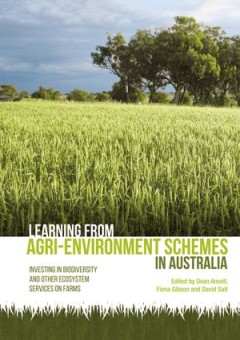
Learning from agri-environment schemes in Australia Investing in biodiversit…
Learning from agri-environment schemes in Australia is a book about the birds and the beef — more specifically it is about the billions of dollars that governments pay farmers around the world each year to protect and restore biodiversity. After more than two decades of these schemes in Australia, what have we learnt? Are we getting the most out of these investments, and how should we do thin…
- Edition
- -
- ISBN/ISSN
- 9781760460150
- Collation
- -
- Series Title
- -
- Call Number
- -
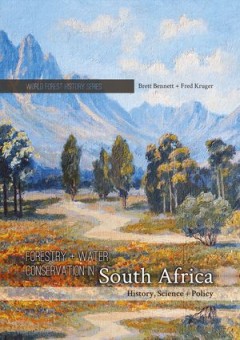
Forestry and Water Conservation in South Africa History, Science and Policy
This innovative interdisciplinary study focuses on the history, science, and policy of tree planting and water conservation in South Africa. South Africa’s forestry sector has sat—often controversially—at the crossroads of policy and scientific debates regarding water conservation, economic development, and biodiversity protection. Bennett and Kruger show how debates about the hydrologica…
- Edition
- -
- ISBN/ISSN
- 9781925022841
- Collation
- -
- Series Title
- -
- Call Number
- -

Building a Sustainable and Desirable Economy-in-Society-in-Nature
The world has changed dramatically. We no longer live in a world relatively empty of humans and their artifacts. We now live in the “Anthropocene,” era in a full world where humans are dramatically altering our ecological life-support system. Our traditional economic concepts and models were developed in an empty world. If we are to create sustainable prosperity, if we seek “improved huma…
- Edition
- -
- ISBN/ISSN
- 9781921862045
- Collation
- -
- Series Title
- -
- Call Number
- -
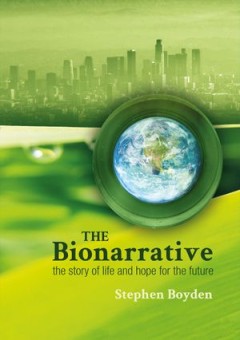
The Bionarrative The story of life and hope for the future
This book is for the general reader interested in the human place in nature and the future of civilisation. It is based on the biohistorical approach to the study of human situations. This approach recognises human culture as a new and extremely important force in the biosphere. The book discusses the evolution of life and the essential ecological processes on which all life, including human ci…
- Edition
- -
- ISBN/ISSN
- 9781760460501
- Collation
- -
- Series Title
- -
- Call Number
- -

Between the Plough and the Pick Informal, artisanal and small-scale mining i…
Between the Plough and the Pick deepens our understanding of informal, artisanal and small-scale mining, popularly known as ASM. The book engages with wider scholarly conceptualisations of contemporary global social, agrarian and political changes, whilst underlining the roles that local social‑political-historical contexts play in shaping mineral extractive processes and practices. It shows …
- Edition
- -
- ISBN/ISSN
- 9781760461713
- Collation
- -
- Series Title
- -
- Call Number
- -

Atlas of Butterflies and Diurnal Moths in the Monsoon Tropics of Northern Aus…
Northern Australia is one of few tropical places left on Earth in which biodiversity—and the ecological processes underpinning that biodiversity—is still relatively intact. However, scientific knowledge of that biodiversity is still in its infancy and the region remains a frontier for biological discovery. The butterfly and diurnal moth assemblages of the area, and their intimate associatio…
- Edition
- -
- ISBN/ISSN
- 9781760462321
- Collation
- -
- Series Title
- -
- Call Number
- -
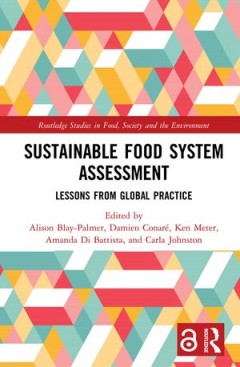
Sustainable Food System Assessment Lessons from Global Practice
Sustainable Food System Assessment provides both practical and theoretical insights about the growing interest in and response to measuring food system sustainability. Bringing together research from the Global North and South, this book shares lessons learned, explores intended and actual project outcomes, and highlights points of conceptual and methodological convergence.Interest in assessing…
- Edition
- -
- ISBN/ISSN
- 0429801394, 9780429801396
- Collation
- -
- Series Title
- -
- Call Number
- -

Society, Environment and Human Security in the Arctic Barents Region
The Arctic-Barents Region is facing numerous pressures from a variety of sources, including the effect of environmental changes and extractive industrial developments. The threats arising out of these pressures result in human security challenges.This book analyses the formation, and promotion, of societal security within the context of the Arctic-Barents Region. It applies the human security f…
- Edition
- -
- ISBN/ISSN
- 9781351171236, 1351171232
- Collation
- -
- Series Title
- -
- Call Number
- -
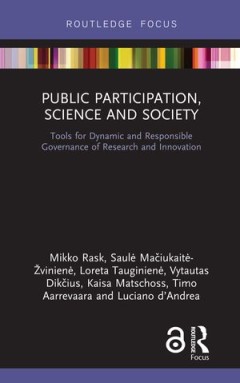
Public Participation, Science and Society Tools for Dynamic and Responsible …
The field of public participation is developing fast, with phenomena such as citizen science and crowdsourcing extending the resource base of research, stimulating innovation and making science more accessible to the general population.Promoting public participation means giving more weight to citizens and civil society actors in the definition of research needs and in the implementation of res…
- Edition
- -
- ISBN/ISSN
- 9781351272957, 1351272950
- Collation
- -
- Series Title
- -
- Call Number
- -
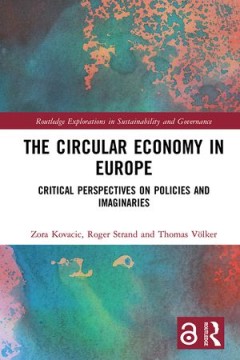
The Circular Economy in Europe Critical Perspectives on Policies and Imagina…
The Circular Economy in Europe presents an overview and a critical discussion on how circularity is conceived, imagined, and enacted in current EU policy-making. In 2013, the idea of a circular economy entered the stage of European policy-making in the efforts to reconcile environmental and economic policy objectives. In 2019 the European Commission declared in a press release that the Circular…
- Edition
- -
- ISBN/ISSN
- 9780429578724, 0429578725
- Collation
- -
- Series Title
- -
- Call Number
- -
 Computer Science, Information & General Works
Computer Science, Information & General Works  Philosophy & Psychology
Philosophy & Psychology  Religion
Religion  Social Sciences
Social Sciences  Language
Language  Pure Science
Pure Science  Applied Sciences
Applied Sciences  Art & Recreation
Art & Recreation  Literature
Literature  History & Geography
History & Geography